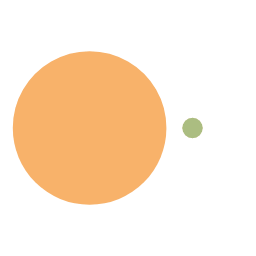The Federal Reserve announced a 25-percentage-point interest rate hike on the 26th, the highest level in 16 years, due to continued high inflation levels.
The bank set its key overnight rate within a range of 5.25% to 5.5%, and the statement accompanying this announcement left the door open for another rate hike.
This is the 11th time the bank has announced a rate hike since March 2022, and the decision was made on the 26th against the backdrop that the vast majority of analysts expect the last rate hike to be completed within this year, with three more meetings to come by December of this year.
How do interest rate hikes curb inflation?
Inflation, a global phenomenon exacerbated by Russia’s war in Ukraine and disruptions to global supply chains due to the new crown epidemic, is being tackled by central banks in other countries around the world with similar measures.
Interest rate hikes may be the most important monetary tool for all central banks when it comes to curbing inflation, but it may not always be effective.
In theory, the rule says that the decision to raise interest rates will increase the burden on new and existing loans, thus meaning that bank customers will think twice before they start borrowing.
This is because banks will increase interest rates for those who want to borrow and this means that they (bank customers) may decide to postpone borrowing until interest rates fall.
The decision to postpone borrowing will lead to several outcomes which include:
This could be the reason for canceling the purchase of certain goods, services, or giving up on expanding an existing project or opening a new one.
It will slow down the hiring process.
The result would be a reduction in both liquidity and consumption, and the purpose of the decision to raise interest rates would still be to absorb liquidity from the market in order to slow down consumption, which is the primary way to reduce inflation in any economy.
In addition, the interest rate hike will drive liquidity to the banks in the form of deposits, which owners will use as an investment vehicle to earn high interest rates from the banks, where the central bank will succeed in pulling liquidity back from the market.
How do interest rates affect the economy?
In short, when interest rates increase, the following results:
An immediate drop in demand for borrowing.
Demand for deposits rises accordingly.
These conditions may slow the rate of economic growth.
Investment rates fall.
The pace of all types of spending slows down.
There is an immediate impact on the productive sector and the labor market.
Financial markets are affected.
Stock markets are affected.
How does the move to raise interest rates affect the average citizen?
For the average citizen, in summary, an increase in interest rates will lead to the following results:
Increase the cost of borrowing from banks for citizens.
Citizens will need to pay more for critical services.
Need to pay more for obtaining investment and automobile loans.
Need to pay more for access to mortgages.
Higher interest rates will prompt savers to deposit their money in banks as an investment vehicle for high returns.







